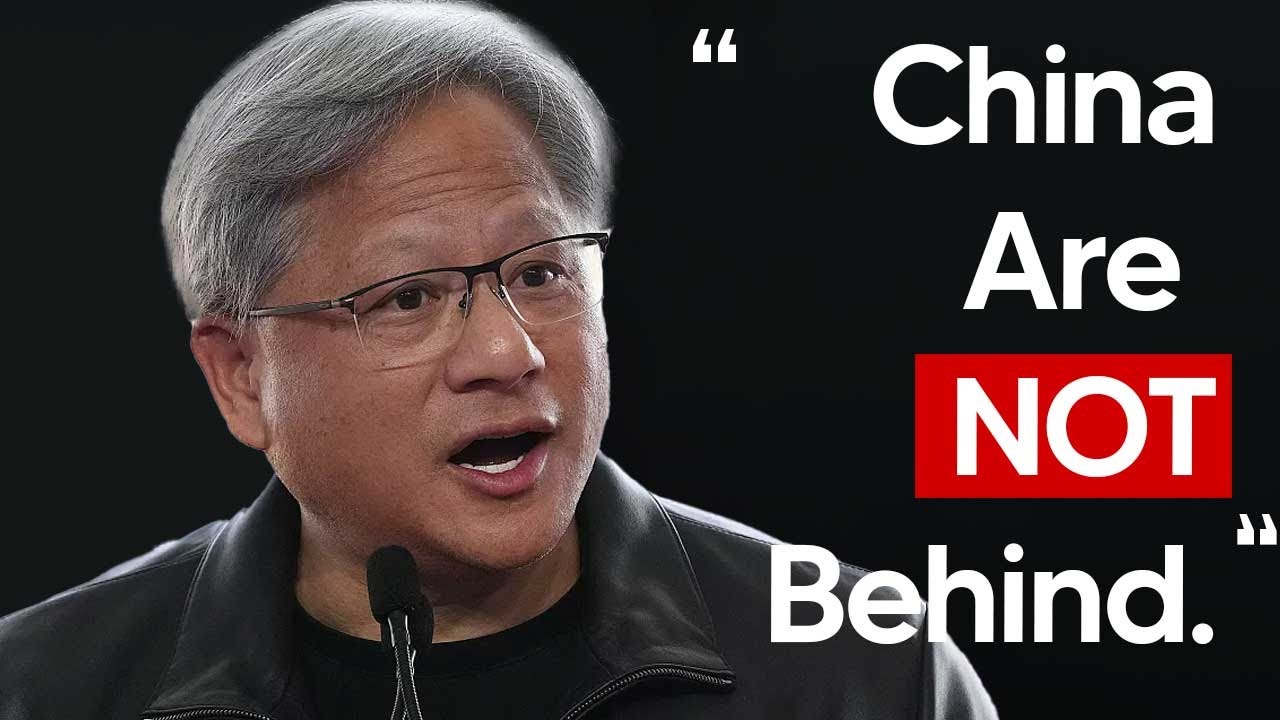The video highlights that China is rapidly closing the AI development gap with the US, with recent advancements and open-source models demonstrating near-parity in quality and performance. Despite US hardware restrictions, China is developing its own AI chips and investing heavily in AI, making it a serious contender in the global AI race with significant strategic implications.
The video discusses the current state of AI development between the United States and China, emphasizing that China is not significantly behind the US as commonly believed. Nvidia CEO Jensen Huang explicitly stated that China is very close to the US in AI capabilities, and recent reports, such as the Stanford AI index, show that China’s models have rapidly caught up in quality and performance. Despite the US maintaining a lead in some benchmarks and real-world applications, Chinese models are closing the gap quickly, with some Chinese AI models now matching or exceeding US models in certain areas.
The speaker highlights that the AI race is ongoing and long-term, comparing it to an infinite competition rather than a sprint. They point out that China has been investing heavily in AI for years, and recent breakthroughs and open-source models like Quen 3 demonstrate China’s rapid progress. These models are not only competitive in benchmarks but also practical for real-world use, challenging the notion that China is lagging behind. The convergence of model quality suggests that the global AI landscape is becoming more balanced, with China emerging as a serious contender.
The video also covers changing perceptions among industry leaders, citing ex-Google CEO Eric Schmidt, who initially believed the US was 2-3 years ahead of China but later revised his view after observing China’s recent advancements. Schmidt now recognizes that China is within a year of US capabilities, a dramatic shift in outlook. This rapid progress underscores China’s focus on AI as a strategic priority, with significant investments and open-source initiatives that threaten US dominance. The urgency of winning the AI race is framed as critical for national security, military power, and global influence.
Furthermore, the discussion addresses US export controls and restrictions on AI hardware, particularly GPUs from Nvidia, which have slowed China’s access to cutting-edge compute resources. Despite these restrictions, Chinese companies like Huawei are developing their own AI chips, such as the Ascend series, which are increasingly competitive with Nvidia’s offerings. Huawei’s mass production of domestic AI chips signifies China’s efforts to reduce reliance on US technology and accelerate its AI capabilities independently. These developments suggest that China is closing the hardware gap, which could further boost their AI progress in the near future.
In conclusion, the video emphasizes that China is rapidly catching up to the US in AI, both in model quality and hardware capabilities. While the US still maintains some advantages, the gap is narrowing, and China’s strategic investments and innovations are making it a formidable competitor. The race is ongoing and complex, with geopolitical, technological, and strategic implications. The speaker urges viewers to recognize that this is an evolving, long-term contest where China’s advancements could significantly influence the future of global AI dominance.
